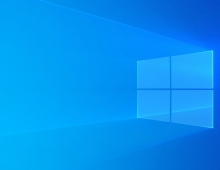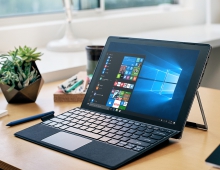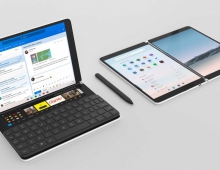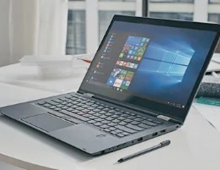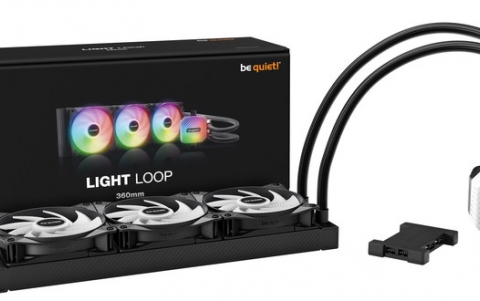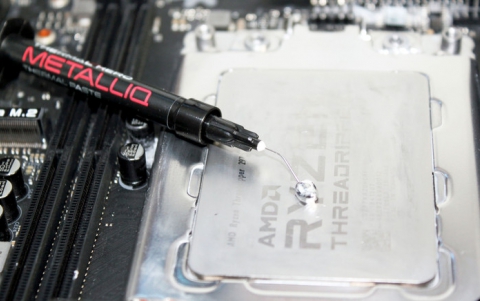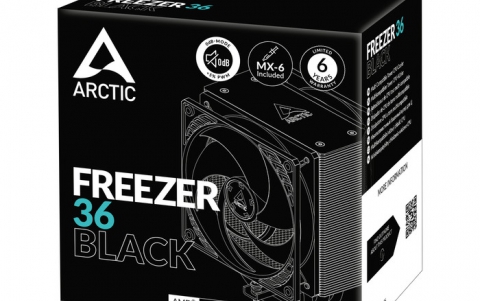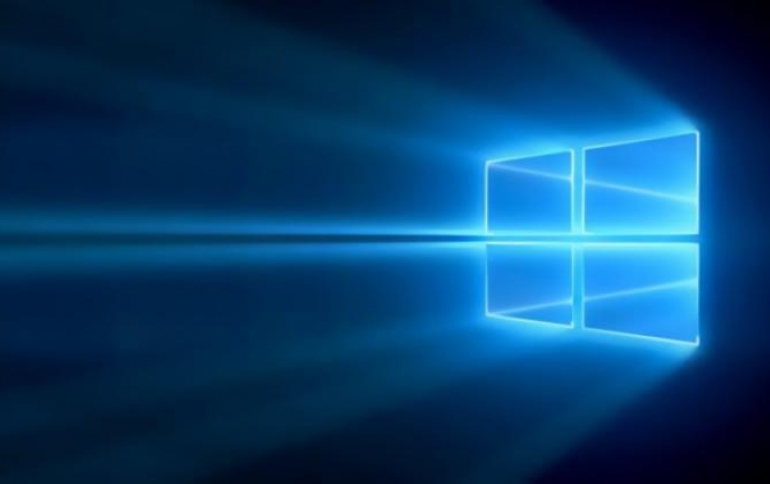
Windows 10 To Support Biometric Sign-in
Microsoft will introduce an automatic biometric sign-in option with its Windows 10 operating system due out later this year. The feature, called Windows Hello, means users will be able to scan their face, iris or fingerprint to verify identity and access Windows phones, laptops and personal computers. Windows Hello is a biometric authentication which can provide instant access to Windows 10 devices. With Windows Hello, you’ll be able to just show your face, or touch your finger, to new devices running Windows 10 and be immediately recognized. Microsoft says its system enables you to authenticate applications, enterprise content, and even certain online experiences without a password being stored on your device or in a network server at all.
If your device already has a fingerprint reader, you’ll be able to use Windows Hello to unlock that device. For facial or iris detection, Windows Hello uses a combination of special hardware and software to accurately verify it is you. The cameras use infrared technology to identify your face or iris and can recognize you in a variety of lighting conditions.
Windows Hello offers enterprise-grade security that will meet the requirements of organizations with some of the strictest requirements and regulations.
Microsoft will also allow IT managers, software developers and website authors to provide a more secure way of letting you sign-in to their sites or apps, through "Passport".
Instead of using a shared or shareable secret like a password, Windows 10 helps to securely authenticate to applications, websites and networks on your behalf-without sending up a password. Thus, there is no shared password stored on their servers for a hacker to potentially compromise.
Windows 10 will ask you to verify that you have possession of your device before it authenticates on your behalf, with a PIN or Windows Hello on devices with biometric sensors. Once authenticated with "Passport", you will be able to instantly access a growing set of websites and services across a range of industries.
"Passport" also will work with enterprise Azure Active Directory services at launch, and Microsoft has joined the FIDO alliance to support replacing passwords with a growing set of financial, consumer, and other security services over time. Windows 10 will also have security and identity protection for enterprises, so they can deploy new Windows 10 devices with hardware necessary to use Windows Hello, enabling enterprise-grade protection of the device and more secure password-free authentication to enterprise line of business applications.
It is very important to protect your biometric data from theft, and for this reason your 'biometric signature' is secured locally on the device and shared with no one but you. It is only used to unlock your device and "Passport", it is never used to authenticate you over the network.
Microsot is working hardware partners to deliver Windows Hello capable devices that will ship with Windows 10 and announced that all OEM systems incorporating the Intel RealSense 3D Camera (F200) will support the facial and iris unlock features of Windows Hello, including automatic sign-in to Windows, and support to unlock "Passport" without the need for a PIN.



